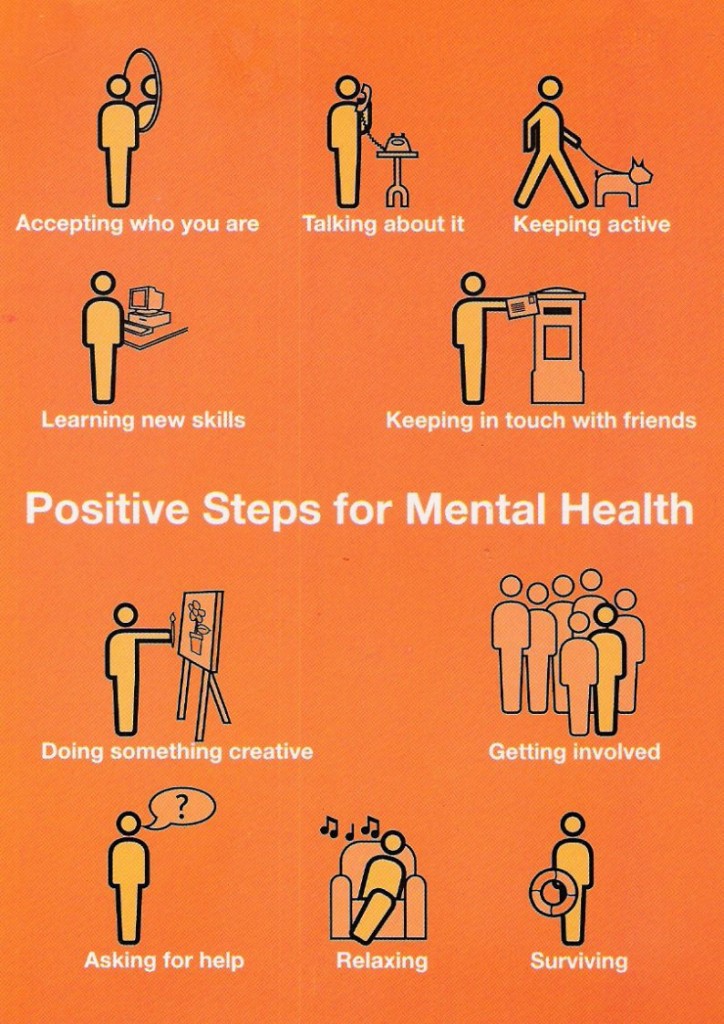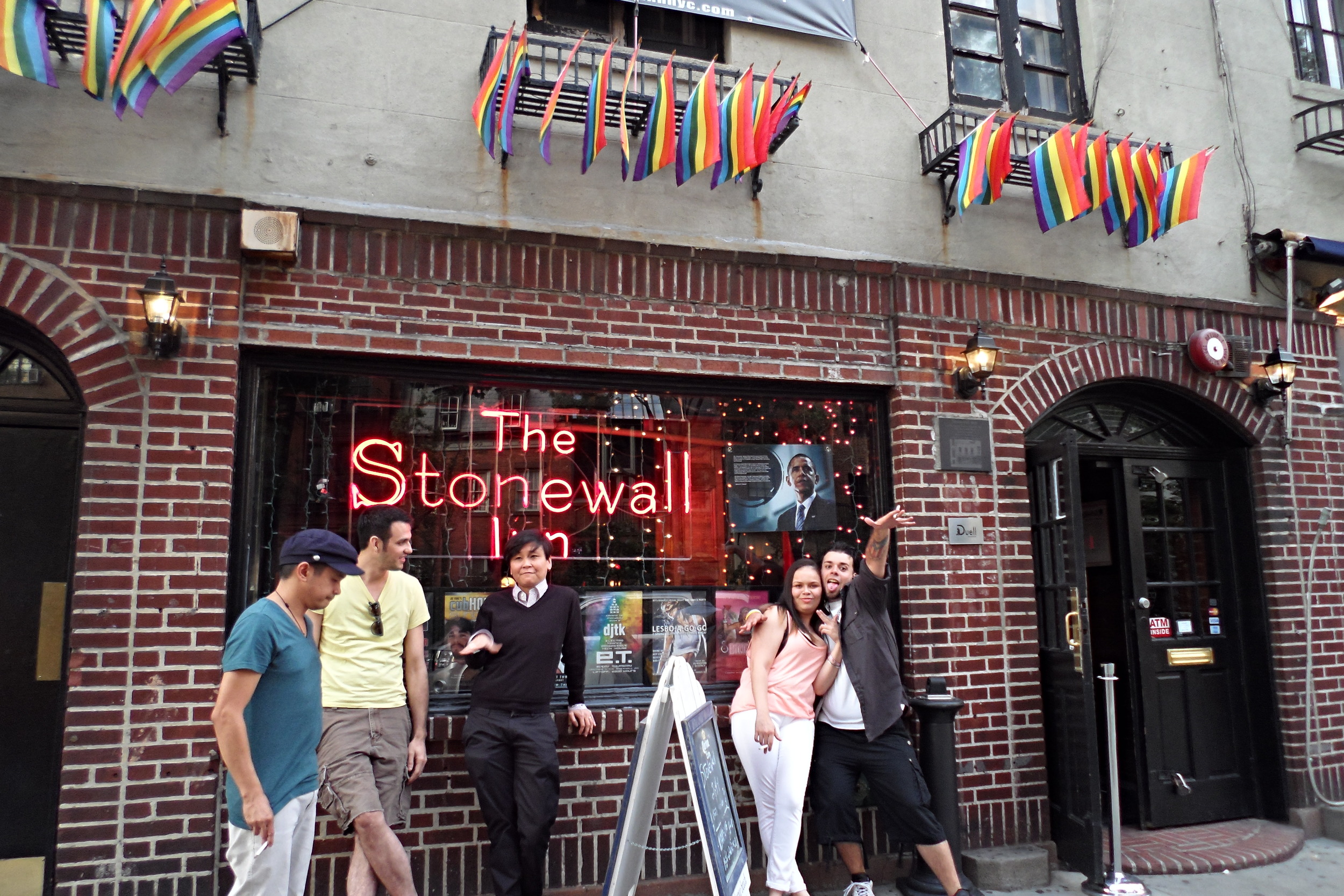Thirteen months ago, I packed a couple bags and left for Thailand.
But not the Thailand you imagine.
I did not move to the land of ‘Pad Thai’, exotic beaches, full moon parties and the Bangkok portrayed the Hangover movie.
More specifically, I moved to Mae La Noi, a village in Mae Hong Son province. Mae La Noi is surrounded by rice fields and mountains, and has a river running down the middle. The province is right along the Thai-Burmese border, which is marked by the Salawin River. Though Thailand is a Buddhist-majority country, I worked with kids who also practice various faiths and traditions. In Mae Hong Son, and in my village in particular, there five ethnic groups and hill tribes. The Thailand I have learned to love is a community comprised of people from these backgrounds.
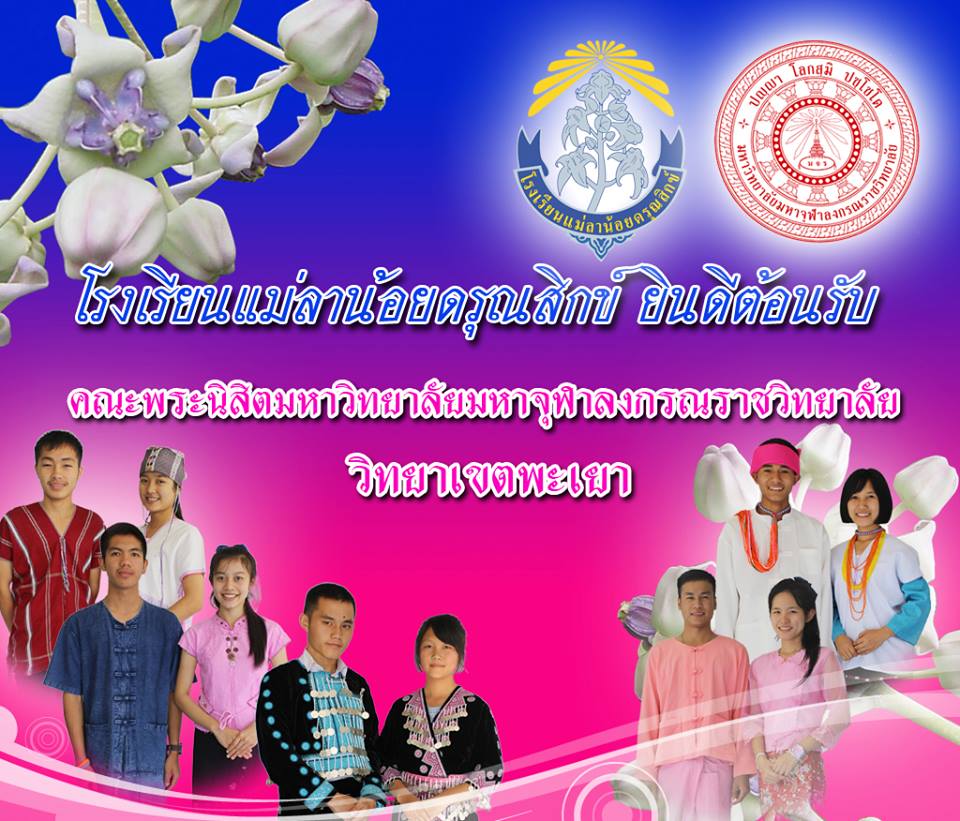
The Karen hill tribe people are historically from Karen State in Burma. Many of my students are Karen, and are practicing Catholics. Their Karen language, written in Latin script, sounds reminiscent of French.
The khon mueang, or northern Thai people, live throughout northern Thailand. They are from the Tai ethnic group and are Theravada Buddhists. In addition to Thai, they speak phasaa mueang, a northern Thai dialect that is different from Thai.
The Hmong are an ethnic group found throughout mountainous areas in China, Vietnam, Laos and Thailand. However, in the 1970s, a civil war broke out in Laos, and many Hmong sought refuge in Thailand and overseas under UN-sponsorship. Today, there are Hmong communities found in the US and in Europe. They speak varieties of Hmong dialects.
Next are the Tai-Yai, or Shan. Originally from the Shan State in Burma, they can be also found in China. They practice Buddhism and animist traditions, and some speak Shan, which is related to Thai, and Burmese.
Finally, the Lawa hill tribe. Their ethnic group can also be found in Laos. They are native to Thailand, and have lived in Thailand before Thai people arrived. The Lawa students at my school practice Protestantism, though other Lawa are known to practice Buddhism and animist traditions as well. The Lawa script looks similar to Thai, but they are different languages entirely.
My students’ first language is their native dialect or hill tribe language. Their second language, which they learn in school, is Thai. It’s no wonder that my students struggle to learn English or Chinese, which are taught at Mae La Noi Daroonsik School. Learning a third language through a second language is a challenge, no matter if you are living in the mountains or a bustling city. So I give my students a lot of credit for their efforts.
During my time in Thailand, there are eight things I’ve learned about life.
1. You can live simply and still be happy. Money isn’t everything.
My house was made of cement brick with a tin roof propped above it. There was no insulation, and half of the time I had no running water in the house. I often showered in other teacher’s homes, or used my reserve water that I collected when water was working. Sometimes the water would work, and it’d be black (because of the pipe bursting further up in the mountains). I remember waking up early to check if there was running water every few days. If so, I’d hurry to wash my laundry before I got started on my day. I was never frustrated with this though. I learned to love hand-washing my clothes, and found it therapeutic at times. If the opportunity presented itself, I would gladly live under these conditions once more, if not for the rest of my life.
2. It’s good to be flexible. Nothing is ever set in stone, so being able to accept life’s fluidity will help you stay afloat.
Sometimes, ceremonies or special events would take precedence over class. At times, I found this to be frustrating, because all I wanted to do was hold class and teach my students. But, this is the reality of the Thai education system and culture. I learned to adjust and understand the facets about life at Mae La Noi Daroonsik school, as well as in each of the new places and countries I’ve journeyed to while abroad.
3. Try new things.
I’ve shared Karen dishes of raw pork, chili and coriander. I watched students prepare a sack-full of live frogs for dinner outside my house. I went to eat dinner with the dormitory students, as they were responsible for cooking all of their meals. Some things on the menu were gaeng khiaw wan (sweet chicken green curry, though it was actually spicy), fried fish, bamboo shoots, jackfruit, noodles and eggs. My students were so excited that I’d join them for dinner, as other teachers simply oversee them during meal times.
4. Always accept an offer.
Or at least, truly consider it before declining.
5. Know how and when to say “no.” – This is different from the lesson above, as I'm referring to when people are asking things or favors of you.
I had a hard time doing this. As a volunteer, receiving no compensation from the school, I was glad to say yes to teachers when they needed help to teach, create lesson plans and worksheets, assist with committee duties around the school, and more. I was happy to help my students and hold tutor sessions a few times a week, be it after school or on weekends. However, the one time frame that I remembered to keep for myself was Friday afternoon until the evening. If someone asked for something, I remembered that I wanted to keep this time open for myself. However, I should add that if I wasn’t sharing a meal with teachers or starting a weekend travel trip on Friday evening, you would certainly find me hanging around the student dorms, helping whoever needed assistance with their English assignments.
6. You can’t change the world alone. But you can make a difference in someone’s life. You may not see it at first, so give it time, take a step back and view the whole picture.
Sometimes, I’d feel so guilty for not having the class time to adequately prepare my students for tests or standardized tests. I tried so hard to develop teaching methods and styles for each of my classes, because each class is different and the students were always at varying levels in English. But what I’ve learned to do is to focus on them as much as I could, but realize that things are out of my control. What I saw happen throughout my time at Mae La Noi is that students, who were initially too shy to speak to me in class, warmed up to me when I’d approach them outside of class or at the dormitories. The students who wanted my help would ask if they could go to me during office hours, or even after school. They may not remember all of the verb tenses, but the students who truly wanted my help have developed some amazing study habits, as well as their curiosity about learning.
7. Home is not a physical space, but a sense of becoming your self. It’s defined by the people you meet and learn with, the lens through which you view life, and the actions you take to improve yourself and the environment around you.
The teachers at Mae La Noi Daroonsik gave me so much support and love. While they were busy with teaching and other duties to the school, they always wanted to make sure I was fed and comfortable in my house. The students were no different, especially those living at the dorms. One specific home I found was at St. Peter Catholic Church in Bah Ma, a village adjacent to the school. I went there every week for mass with my students, which was either held in Thai, Karen or English (Thursday nights only for the latter). Last Thursday night, I said goodbye to the Karen students who live at the Catholic children’s home, and attended mass with them for the last time before I left the village. That evening, after mass, the father and catechism teacher invited me to say a few words. I promised myself I'd fight off tears a bit longer. I am truly glad I found this loving community here that I could connect with on a spiritual basis. I was accepted instantly; as a foreigner here in the village, I felt like an outsider at first. But discovering a family (comprised of individuals from Catholic Karen hill tribes) that is also minority in their country was truly a humbling experience. The father, who used to work outside of Manila for a few years, can speak Thai, Karen, English and a little Tagalog, and has invited me to work at the children’s center in the future. I plan to work, save money, and return to this church and children’s home, if not to volunteer, then at least visit again.
8. Pay it forward. If you give with expectation of receiving anything in return, the universe will reward you with various forms of love.
There’s a guesthouse that I stay at when I need to make visa runs (every three months) in Chiang Mai, Thailand. Deejai Backpackers has been an incredible place to get my dose of Western music; it’s usually bustling with backpackers and tourists from around the world and the staff is incredible. Mama, one of the Thai staff members here, always remembers me each time I return. As a gift, the other day, I brought her some fresh (and expensive) longan. She ended up serving me a plate of rice and curry, because she noticed I hadn’t eaten breakfast yet. Today, I was checking out of the guesthouse, and she asked me what time I was heading to the airport.
“I think I should go at around 8 o’clock this evening”, I said.
“Oh, that taxi is free for you. Free for you,” Mama whispered. "Make sure you come to the desk at 8:00pm." She then proceeded to ask the staff at reception to book a taxi for me.
Photo credit: Mae La Noi Daroonsik School

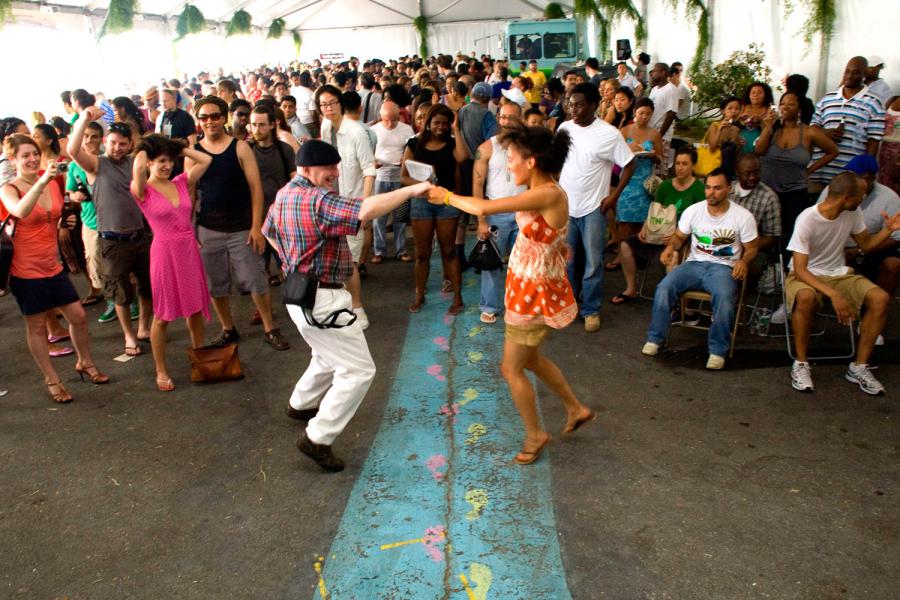
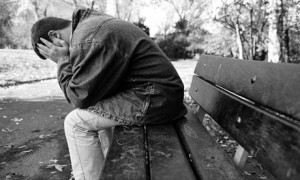 Depression is increasingly more
Depression is increasingly more 